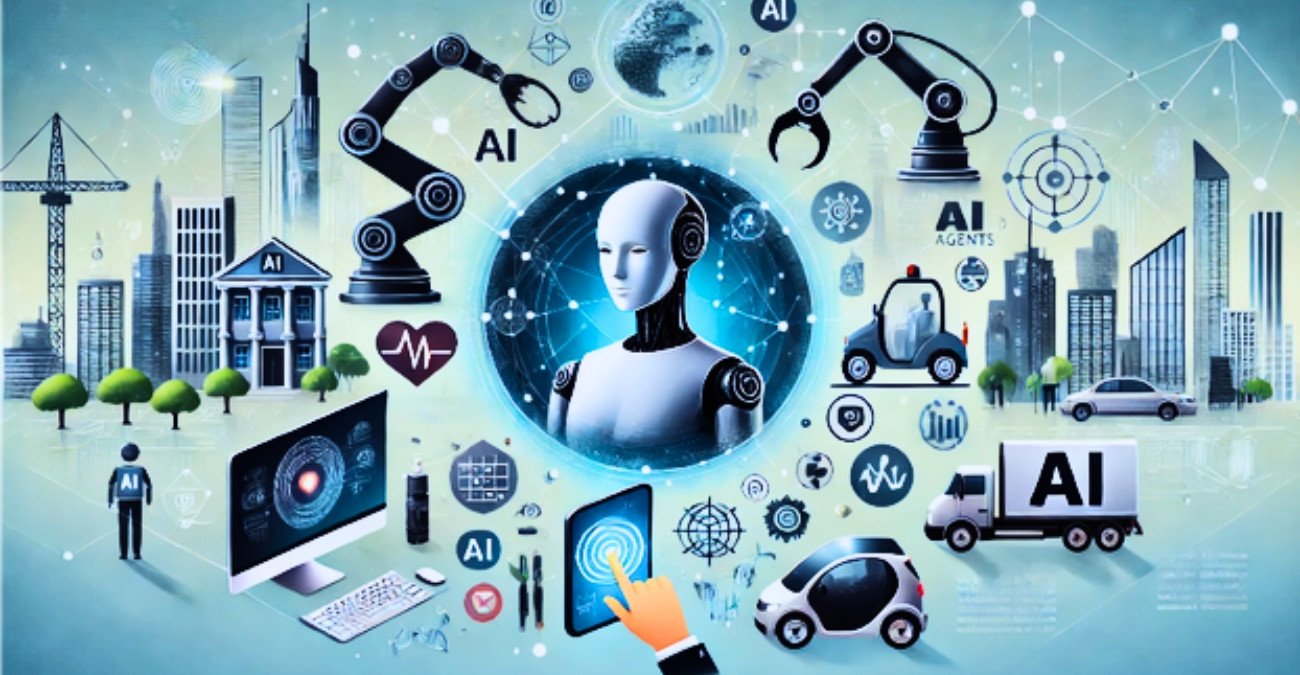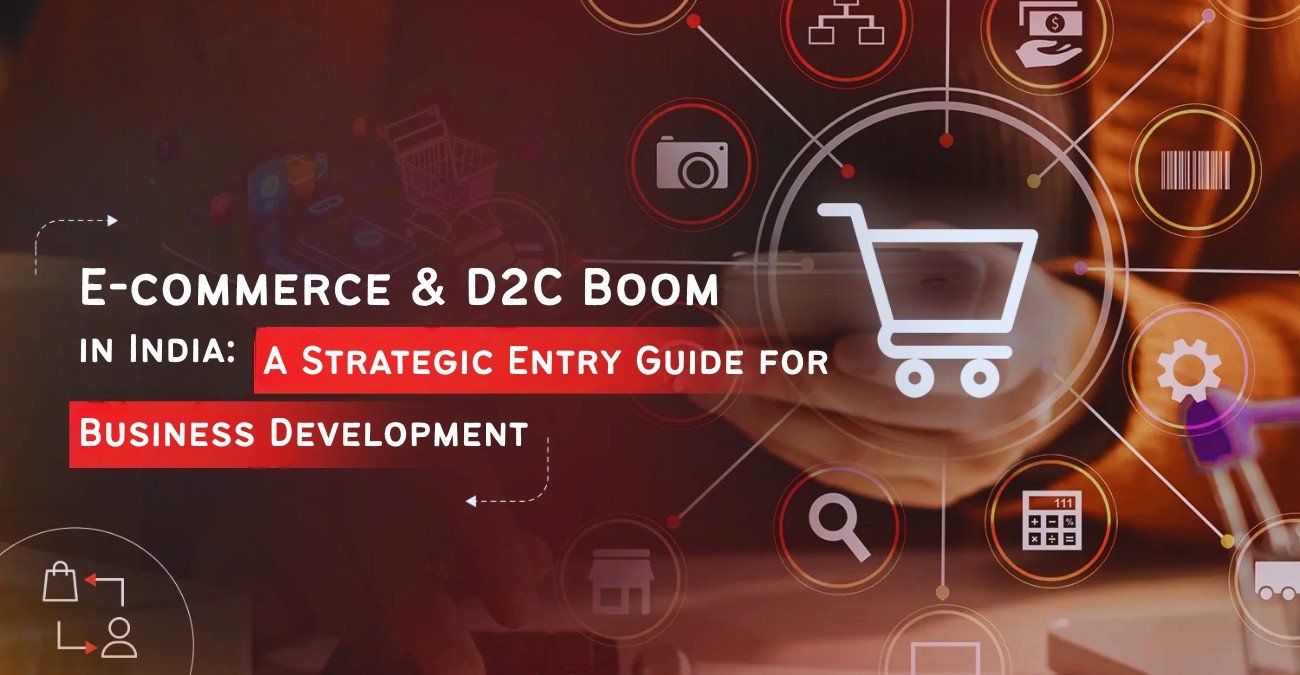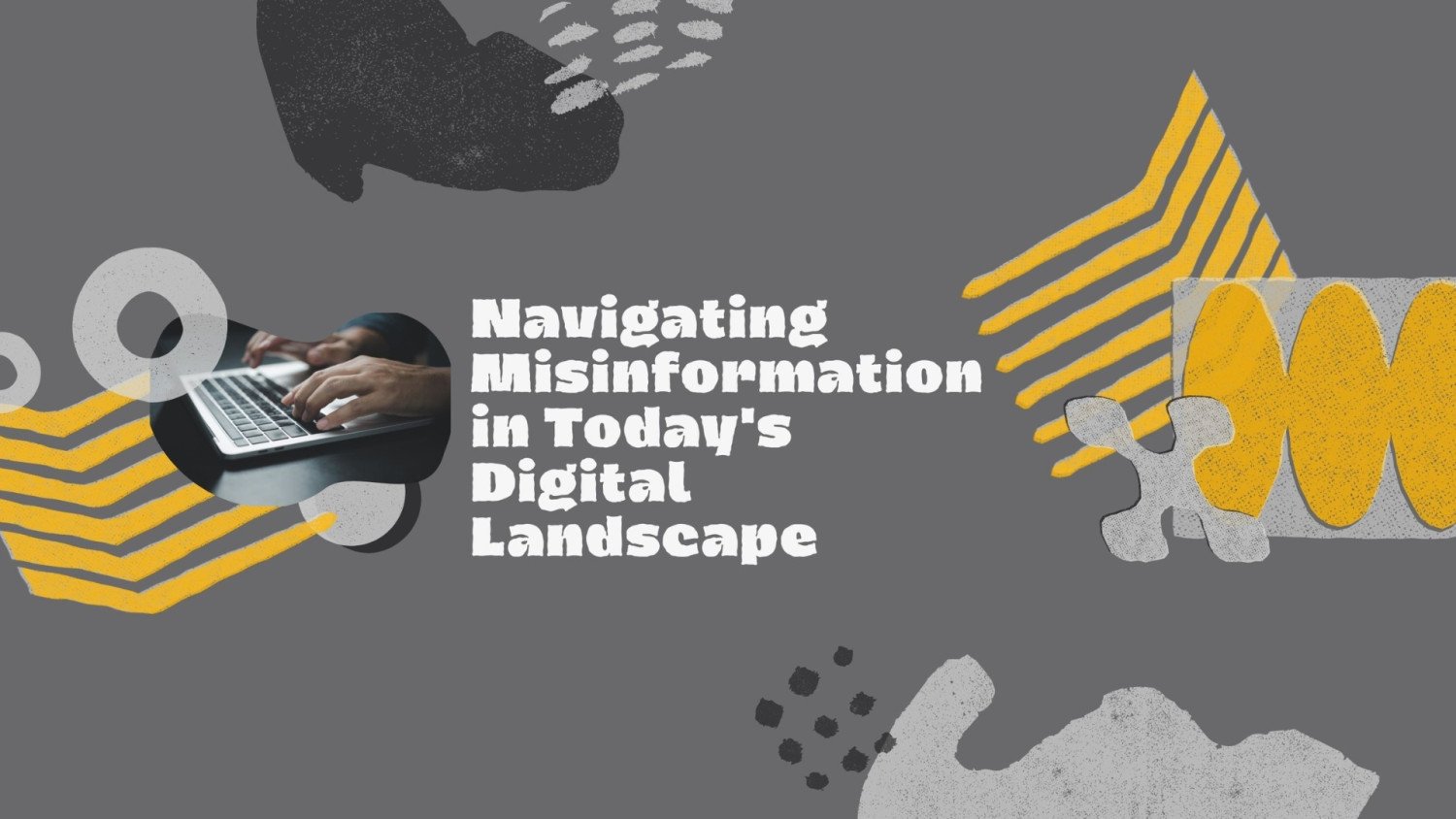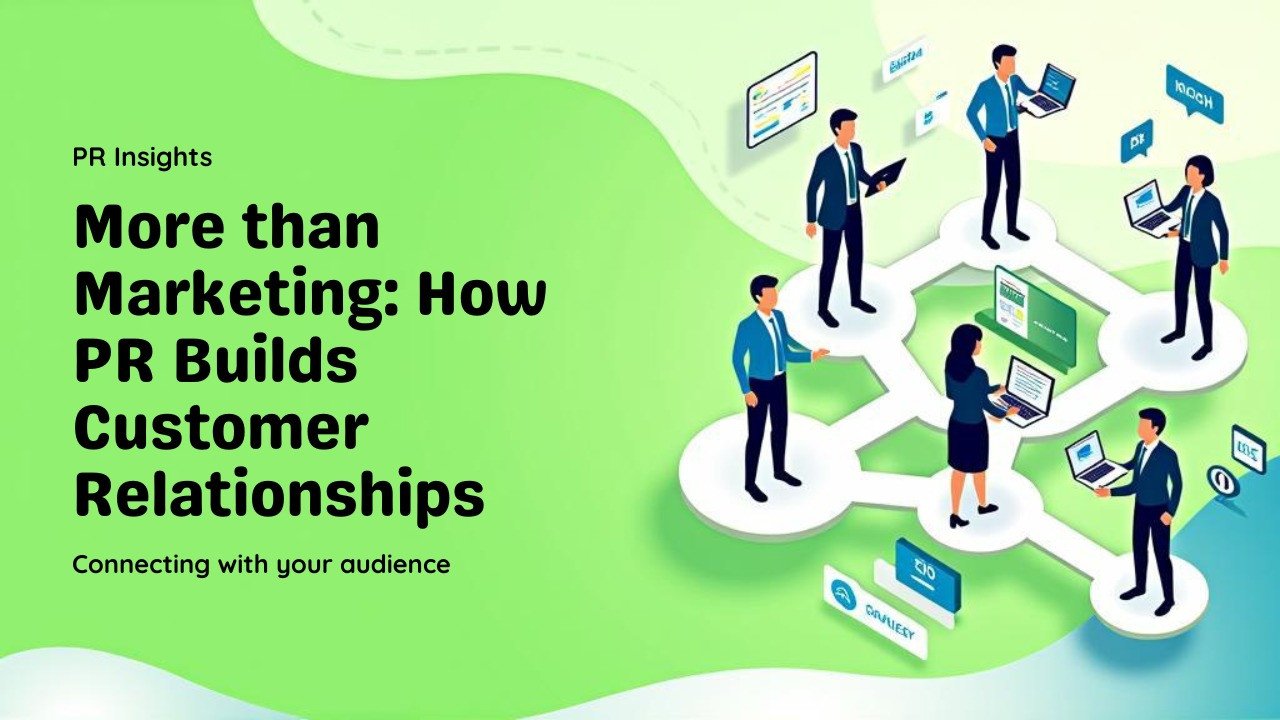Agentic AI in Business —How Autonomous Tools Boost Growth for SMEs and Enterprises

Agentic AI in business is quickly becoming a key driver for
growth in 2025. These autonomous AI systems don’t just assist with tasks; they
make decisions and handle complex workflows with minimal human input.
Enterprises and SMEs alike are adopting agentic AI tools to improve efficiency,
reduce costs, and optimize operations.
This rise reflects a shift where AI moves from simple
automation to active problem-solving and multi-step execution. Whether you own
a small business, lead sales teams, manage IT, or consult on digital
strategies, understanding how agentic AI works can give you a competitive edge.
These tools are reshaping workflows, enabling faster decisions, and unlocking
new revenue opportunities across industries.
For those curious about practical AI applications, agentic
AI offers real-world solutions without heavy technical barriers, pushing
businesses to adapt and thrive in an evolving market landscape.
Understanding Agentic AI: Autonomous Tools Driving Business Growth
Agentic AI in business is reshaping how companies tackle
complex tasks and grow their operations. Unlike traditional AI models or
generative AI that respond to specific inputs or generate content, agentic AI
acts independently, making decisions and executing multi-step tasks with
minimal human oversight. Think of it as a smart worker that understands goals
and figures out the steps to get there—while adapting to real-time changes.
This shift means AI tools are no longer just assistants but
active participants in workflows, capable of managing processes from start to
finish. To appreciate how agentic AI drives business growth, it helps to break
down what it is, how it works, and why it matters.
What Sets Agentic AI Apart?
At its core, agentic AI is goal-driven and autonomous. Unlike traditional AI that relies
heavily on human commands or generates outputs without direction, agentic AI
systems:
- Perceive their environment or data
inputs.
- Reason to make decisions based on
goals.
- Act by executing complex workflows
and tasks.
- Learn from experience to improve
over time.
This autonomy lets these systems manage tasks with less
human intervention, creating more efficient workflows and freeing up personnel.
Core Components of Agentic AI
Agentic AI combines several key technologies to operate
successfully:
- Large Language Models (LLMs)
provide natural language understanding and communication.
- Planning Modules break down
high-level goals into actionable subtasks.
- External Tool Integration via APIs
allows agents to interact with software such as CRMs, email platforms, or
databases.
- Memory Systems store and recall
past decisions or context, enabling better understanding over repeated
interactions.
Together, these components give agentic AI the ability to
coordinate tasks across platforms and adapt to shifts in requirements or data.
How Agentic AI Works: The Perceive-Reason-Act-Learn Cycle
Successful agentic AI follows a clear process:
- Perceive: Capture relevant
information from the environment or input data.
- Reason: Analyze options using
logic, past experience, and preset goals.
- Act: Execute the chosen set of
actions by interacting with external tools or completing subtasks.
- Learn: Update strategies and
improve decision-making based on results and feedback.
This continuous cycle allows agentic AI systems to handle
complex workflows, from qualifying leads to managing supply chains.
Types of Agentic AI Systems
Agentic AI comes in two main varieties:
- Single-Agent Systems: Focus on
achieving specific goals autonomously. For example, a sales bot that
independently qualifies leads and schedules meetings.
- Multi-Agent Systems: Multiple
specialized agents collaborate to achieve larger objectives. Think of this
as a team of agents where one handles data collection, another processes
analytics, and another executes outreach—working together seamlessly.
For businesses, both types offer flexible options depending
on their operational needs and complexity.
Why Agentic AI Matters for Your Business
Agentic AI in business is about more than just automation.
It enables:
- Smarter decision-making without
constant human input.
- Streamlined workflows that cut
down delays.
- Scalable operations able to adjust
quickly to new demands.
- Reduced operational costs thanks
to efficient task management.
As Gartner predicts, by 2026, over 70% of enterprises will
adopt agentic AI to automate complex decisions and workflows, highlighting this
technology's growing role in business growth and competitiveness. Agentic AI
tools are becoming a must-have for companies looking to modernize and gain an
edge without heavy technical overhead.
For a deeper look at how agentic AI revolutionizes business
workflows, see this detailed analysis from the IEEE
Computer Society. And if you want to explore development tools that help
build agentic AI solutions, check out Amazon Web Services’ offerings
on this evolving technology.
Key Applications of Agentic AI in Business Sectors
Agentic AI is no longer a concept on the horizon; it’s
directly changing how businesses operate today. Across industries and company
sizes, this autonomous AI steps beyond simple automation, handling complex
tasks independently and adjusting along the way. Let’s focus on how agentic AI
makes a difference particularly for small and medium enterprises (SMEs), and
how operations and IT leaders benefit by integrating these tools into their
businesses with clear governance.
Benefits for Small and Medium Enterprises (SMEs)
Agentic AI is a powerful ally for SMEs looking to boost
efficiency without breaking the bank. By automating routine yet vital
activities, it frees up teams to focus on growth instead of repetitive manual
work.
- Smart, affordable automation:
Agentic AI tools often come with a lower cost of entry compared to custom
solutions, offering SMEs an accessible way to automate workflows. This
means tasks like data entry, follow-ups, and even complex decision-making
processes can be handled autonomously.
- Autonomous lead generation and
qualification: For sales teams stretched thin, AI agents independently
identify promising leads, assess their potential, and prioritize outreach.
This accelerates pipeline development while maintaining quality
engagement. Sales leaders gain time to concentrate on closing deals rather
than chasing every contact.
- Reduced manual workload: By
handling customer queries, inventory checks, or appointment scheduling
automatically, agentic AI dramatically lightens the to-do list. This also
reduces human errors and speeds up response times.
- Support for better decisions:
These AI tools analyze real-time data, spotting trends or flagging risks
early. SMEs benefit from actionable insights that inform strategy without
needing elaborate analytics teams.
- Enables scaling without increasing
headcount: As business grows, agentic AI scales too. This means
companies can serve more clients, manage bigger inventories, or process
more transactions simply by letting AI handle the added complexity.
Examples include AI-driven customer support bots, autonomous
marketing assistants tailoring campaigns, or inventory management systems that
reorder stock automatically. This empowers SMEs to punch well above their
weight while keeping expenses manageable.
You can find additional insights on agentic AI helping small
businesses at Salesforce’s article on agentic
AI for your small business.
Integration and Governance for Operations and IT Executives
For operations and IT executives, agentic AI offers a path
to transform enterprise systems by blending AI autonomy with existing
infrastructure.
- Smooth Integration: Most agentic
AI platforms provide secure API connections for linking with CRM, ERP, or
communication tools. This allows AI agents to move data fluidly, perform
actions, and adapt processes based on live updates without disrupting
workflows.
- Real-time Adaptation: Agentic AI
continuously learns from fresh data and interactions. This means systems
can pivot instantly—whether adjusting inventory orders due to sudden
demand spikes or rerouting support tickets based on priority and capacity.
The EU AI Act, effective in 2026, enforces comprehensive
rules around AI transparency and accountability. IT leaders should prepare for
these requirements to ensure compliant deployment of agentic AI tools. More
details about navigating these regulations can be found in Informatica’s
coverage of the EU
AI Act Data Governance Strategy.
By marrying autonomous AI with existing platforms and strong
governance, enterprises unlock efficiency gains without sacrificing control or
safety. These efforts support scalable, adaptable operations that keep
businesses competitive in a fast-changing environment.
The practical applications of agentic AI in business span
multiple sectors — finance uses it for fraud detection and credit scoring,
healthcare optimizes patient flows and clinical decisions, manufacturing
employs predictive maintenance, and retail benefits from dynamic pricing and
inventory management. For SMEs and enterprises alike, agentic AI is an evolving
cornerstone that enhances both growth and resilience.








